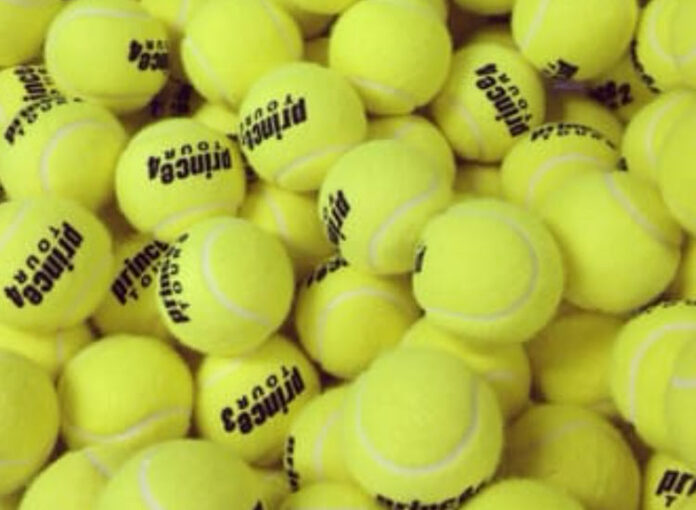Padel balls and tennis balls may look similar at first glance, but there are important differences between them. Let’s explore these differences:
- Ball Size (Diameter):
- Padel balls are slightly smaller than tennis balls. The diameter of a padel ball falls between 6.35cm and 6.77cm, while a tennis ball must be between 6.54cm and 6.86cm in diameter,
- Some padel balls and tennis balls can have the same size if they fall within the overlapping range.
- Weight:
- Both padel balls and tennis balls weigh between 56.0 grams and 59.4 grams. There is no weight difference between them.
- Materials and Appearance:
- Padel balls and tennis balls are made from similar materials and have a fuzzy outer layer.
- They share the same base materials in terms of their core, giving them identical weight.
- However, the key difference lies in their internal pressure when new.
- Internal Pressure:
- New tennis balls have an internal pressure of 14 psi (pounds per square inch), while new padel balls have an internal pressure of 11 psi.
- The higher pressure in tennis balls stretches them to a slightly larger diameter and causes them to bounce about one inch higher in the official bounce test.
- Both types of balls have the same stipulated minimum bounce height before being classified as flat.
In summary, while padel balls and tennis balls appear similar, their internal pressure, size, and subtle differences set them apart. So next time you’re on the court, you’ll know how to identify whether you’re playing with a padel ball or a tennis ball!


































